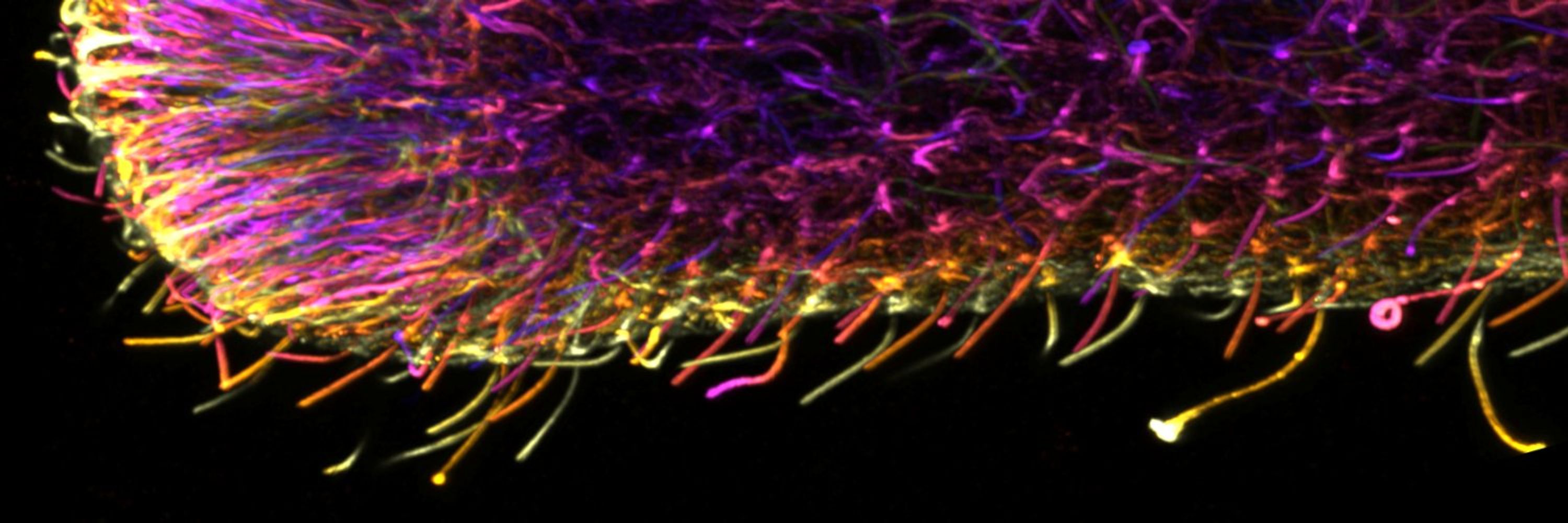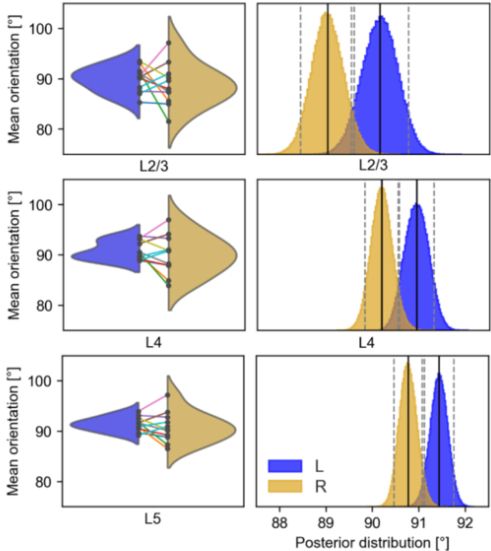







In our recent paper we find that indeed, they are! Read the skeetorial below ⬇️⬇️⬇️
plos.io/4mq5tOy
#neuroscience #neuroskyence #whitematter #deeplearning

In our recent paper we find that indeed, they are! Read the skeetorial below ⬇️⬇️⬇️
plos.io/4mq5tOy
#neuroscience #neuroskyence #whitematter #deeplearning
After advertising these new groundbreaking features, Edge immediatly crashes and is unresponsive.
🙃

After advertising these new groundbreaking features, Edge immediatly crashes and is unresponsive.
🙃



Interestingly, in the neighbouring visual cortex (VC), this hemispheric asymmetry does not exist (or is not as pronounced)!


Interestingly, in the neighbouring visual cortex (VC), this hemispheric asymmetry does not exist (or is not as pronounced)!

This is a sneak peek of my PhD project, which is out in EJN soon - stay tuned :)
#Fluorescencefriday #neuroskyence

This is a sneak peek of my PhD project, which is out in EJN soon - stay tuned :)
#Fluorescencefriday #neuroskyence









